Research Methods for Criminal Justice and Criminology, International Edition 6th Edition by Michael G – Test Bank
Chapter 6
TEST BANK
TRUE/FALSE
1. Researchers must decide on offenses, units, and purposes before specifying measures of crime.
ANS: T
REF: 153
LO: 1
2. Crimes must at a minimum have an offender, because without an offender there is no crime.
ANS: T
REF: 153
LO: 3
3. A single incident cannot include multiple offenses but may have one offense and multiple offenders.
ANS: F
REF: 154
LO: 3
4. For fear of being sued, governmental agencies rarely keep records that document their actions and areas of responsibility.
ANS: F
REF: 155
LO: 4
5. The UCR accounts for all types of crime, even those crimes that are not observed.
ANS: F
REF: 157
LO: 5
6. NIBRS reports each crime incident rather than the total number of certain crimes.
ANS: T
REF: 160
LO: 5
7. One important step in selecting a measure of crime is deciding what crimes will be included.
ANS: T
REF: 153
LO: 1
8. Methods of reporting crime are never updated and have been continually used since their inception.
ANS: F
REF: 156
LO: 6
9. Delinquency, victimless crimes, and crimes rarely observed may be measured by self-report studies.
ANS: T
REF: 169
LO: 8
10. The NIBRS has a relatively low level of sophistication and cost.
ANS: F
REF: 160
LO: 5
MULTIPLE CHOICE
1. Which of the following is a fundamental variable in criminal justice and criminology?
- timeliness
- applicability
- crime
- arrest rates
ANS: C
REF: 153
LO: 1
2. The broad questions that influence all measures of crime include all of the following:
- what offenses should be measured
- what units of analysis should be used
- why do offenders commit crimes
- what is the research or policy purpose in measuring crime
ANS: C
REF: 153
LO: 1, 4
3. Which of the following is not a general purpose of measuring crime?
- monitoring
- agency accountability
- deterrence
- research
ANS: C
REF: 154
LO: 4

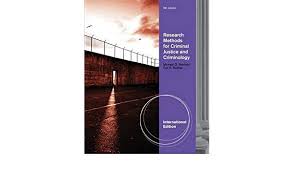

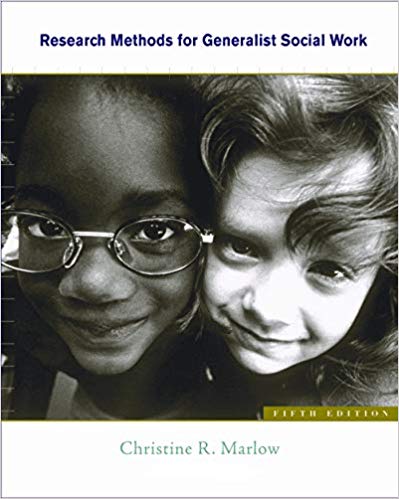


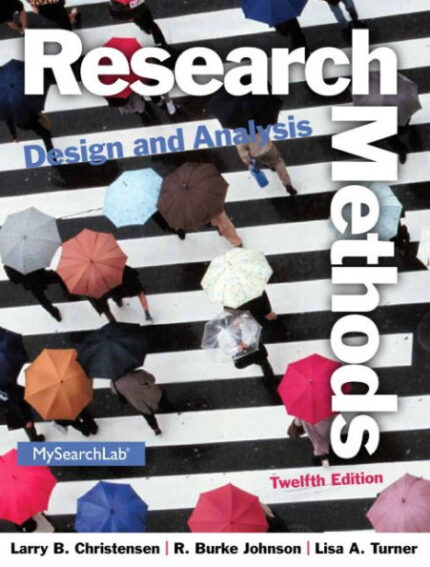
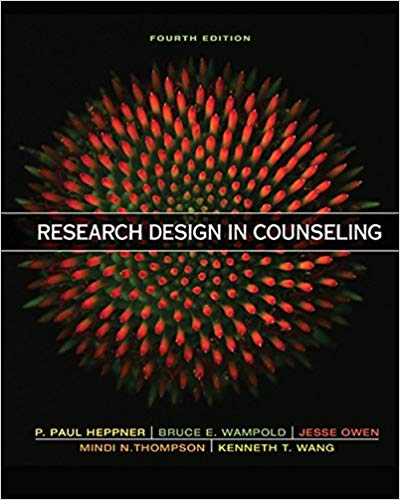
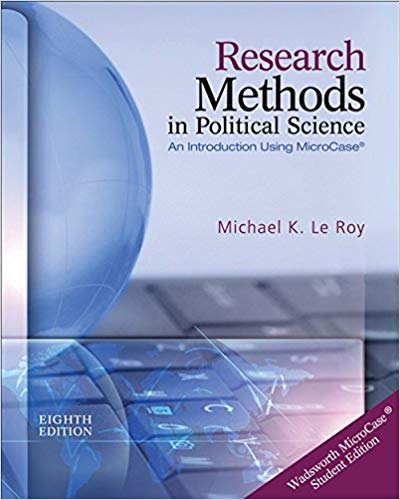


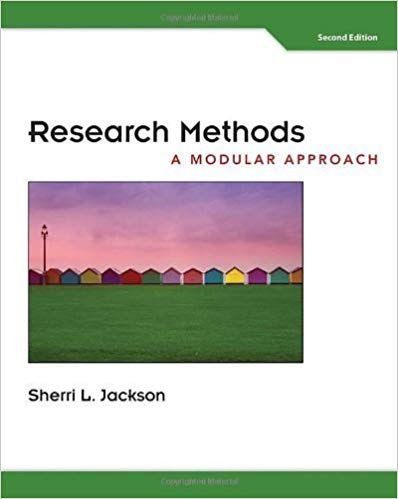

Reviews
There are no reviews yet.